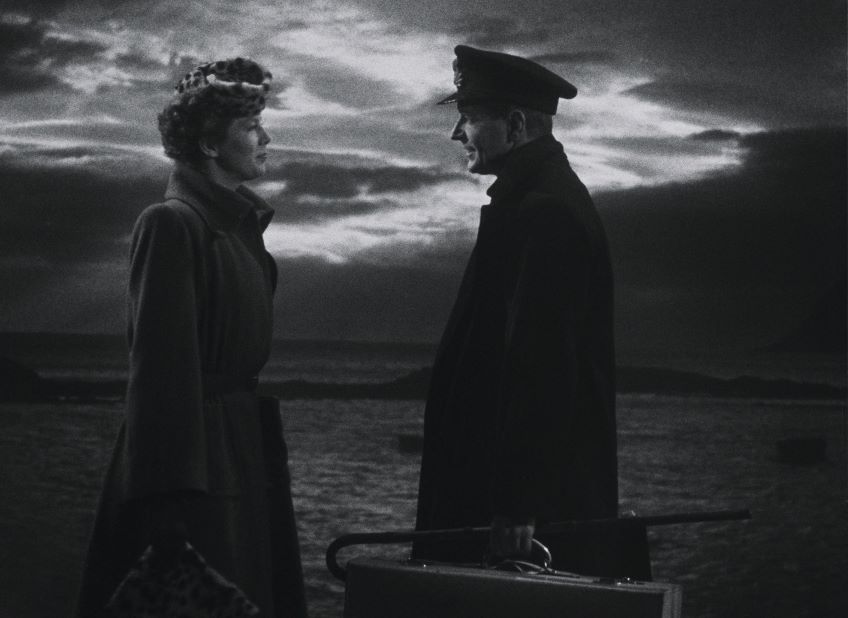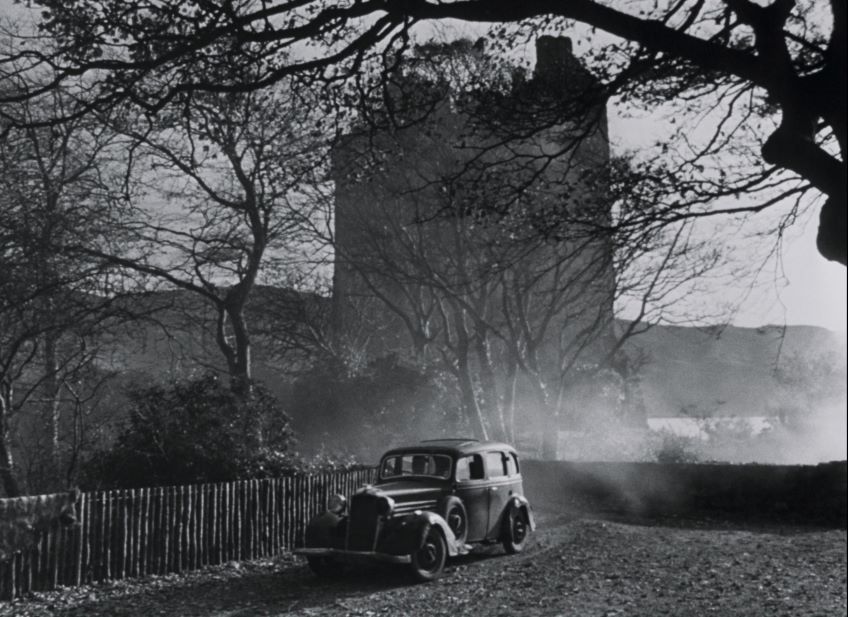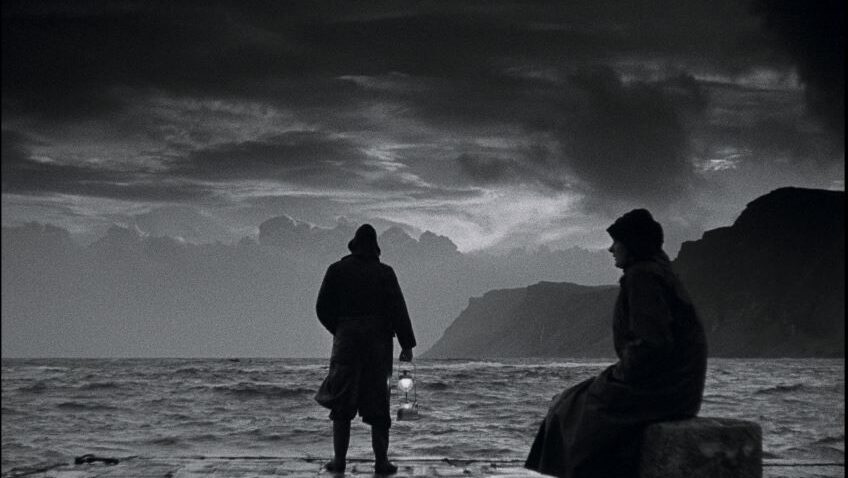Joyce Glasser reviews Cinema Unbound: The Creative Worlds of Powell & Pressburger (October 16-December 31, 2023) BFI Southbank and selected UK cinemas
Despite competition from the prolific and long-lasting filmmaking team the Boulting Brothers (Brighton Rock), the partnership of Michael Powell (1905–1990) and Emeric Pressburger (1902–1988) must be the most significant British producer/writer/director team of the mid-twentieth century.
Most of their 24 films stand the test of time and many, including A Matter of Life and Death (1946), Black Narcissus (1947), The Red Shoes (1948), and The Tales of Hoffmann (1951) were sufficiently ahead of their time to exert an influence on current and future filmmakers that is still felt today. A young Jack Cardiff won his only Academy Award for his gorgeous, innovative cinematography on Black Narcissus which so impressed John Houston, that he hired him for The African Queen.
Working on his own as a director in 1960, Powell directed Peeping Tom, a psychological-horror-thriller so ahead of its time it created a critical backlash that damaged Powell’s career and reputation. Fortunately, he lived to see the film become redeemed and celebrated. Although considered the progenitor of the contemporary slasher film, Peeping Tom had a psychological complexity rarely found in slashers and a humanised voyeur as the eponymous central character. The young Martin Scorsese said, ‘I have always felt that Peeping Tom and 8½ say everything that can be said about film-making.’ From Raging Bull in 1980 almost all of Scorsese’s films have been edited by Powell’s widow, Thelma Schoonmaker.
Known as The Archers (the name of their production company), both Powell and Pressburger worked on the script of their joint films. Powell did most of the directing and Pressburger most of the producing, also stepping in as editor. Pressburger’s talent for using music in film can be seen in I Know Where I’m Going, a romantic comedy from 1945 that is featured (with a beautiful, new digitalised print) in the BFI’s Cinema Unbound: The Creative Worlds of Powell & Pressburger running from October 16 to December 31st.

Making films in wartime Britain was a privilege and a challenge. The duo were eager to start production on the war-time fantasy weepie A Matter of Life and Death, but a shortage of colour film cameras put that on hold. They began work on something lighter, with a moralistic stance against materialism in an era of rationing and sacrifice. Pressburger wrote the script for I Know Where I’m Going in just four days with the male lead, being a RAF officer, as in A Matter of Life and Death. For the officer, they called on Roger Livesey who would co-star in A Matter of Life and Death the following year.
Considering the script has just about everything you could want in a romcom including some lively banter, the four-days it took to write seems miraculous. There is a super-rich fiancé, a confident, independent, young woman swept away by his wealth, importance and his romantic Scottish island; a storm that delays their wedding and a fish-out-of-water stay in a neighbouring isle as well as a dashing RAF hero on leave, who has the young woman fretting that she is sailing off course.
In a hilarious prologue we see Joan Webster, the only daughter of a conservative, middle-class bank manager, growing up as a confident, strong-willed, feisty lass who from the age of one, seems to know where she’s going. Twenty-four years later, a stylishly and expensively dressed Joan (Wendy Hiller) invites her father to a restaurant so posh that even he is intimidated. And there, on first name terms with the staff, she announces her upcoming marriage to Robert Bellinger, the head of Consolidated Chemical Industries. The marriage will be a quiet affair on the secluded island of Kiloran where Robert lives in the laird’s castle. Robert has sent Joan detailed travel instructions and staff meet her along the route with clock-work precision. Her enormous wedding gown takes up most of her luggage.

Things go to plan until Joan arrives on the island of Mull, close enough to see Kiloran but not close enough to cross the dangerous strait separating the islands when a storm erupts. In an unusual guest house, where Joan is asked if she knows how to skin a rabbit, she meets Torquil MacNeil (Roger Livesey) a popular, and respected bachelor on the isle.
Being her unofficial host and guide for the duration of the storm proves to be more dangerous than an unadvised sea crossing. When Torquil is referred to as Kiloran and islanders make fun of Robert, Joan finds herself praying to get to Kiloran at all costs and for all the wrong reasons.
A scene where Torquil and Joan and a bribed young boatman find themselves in peril at the edge of the feared Corryvreckan whirlpool is entirely convincing, despite the absence of CGI special effects. To achieve this realism, footage was shot at Corryvreckan between the Hebridean islands of Scarba and Jura, and Bealach a’Choin Ghlais between Scarba and Lunga. This long sequence cost nearly a fifth of the entire budget.
In addition to the chemistry between Hiller and Livesey, what distinguishes the film is the way in which Powell and Pressburger use real sites on the Isle of Mull and work into the script and plot the mythology, folklore and music of rural Scotland. In an impossibly romantic scene half way through the film, Torquil translates for Joan a haunting Gaelic song, Ho ro My Nut Brown Maiden and she is smitten. Written by John Stuart Blackie in 1882, for reasons that will become clear, the song is reprised by three pipers marching toward Moy Castle in a scene that will bring a smile to your face and a tear to your eye.




